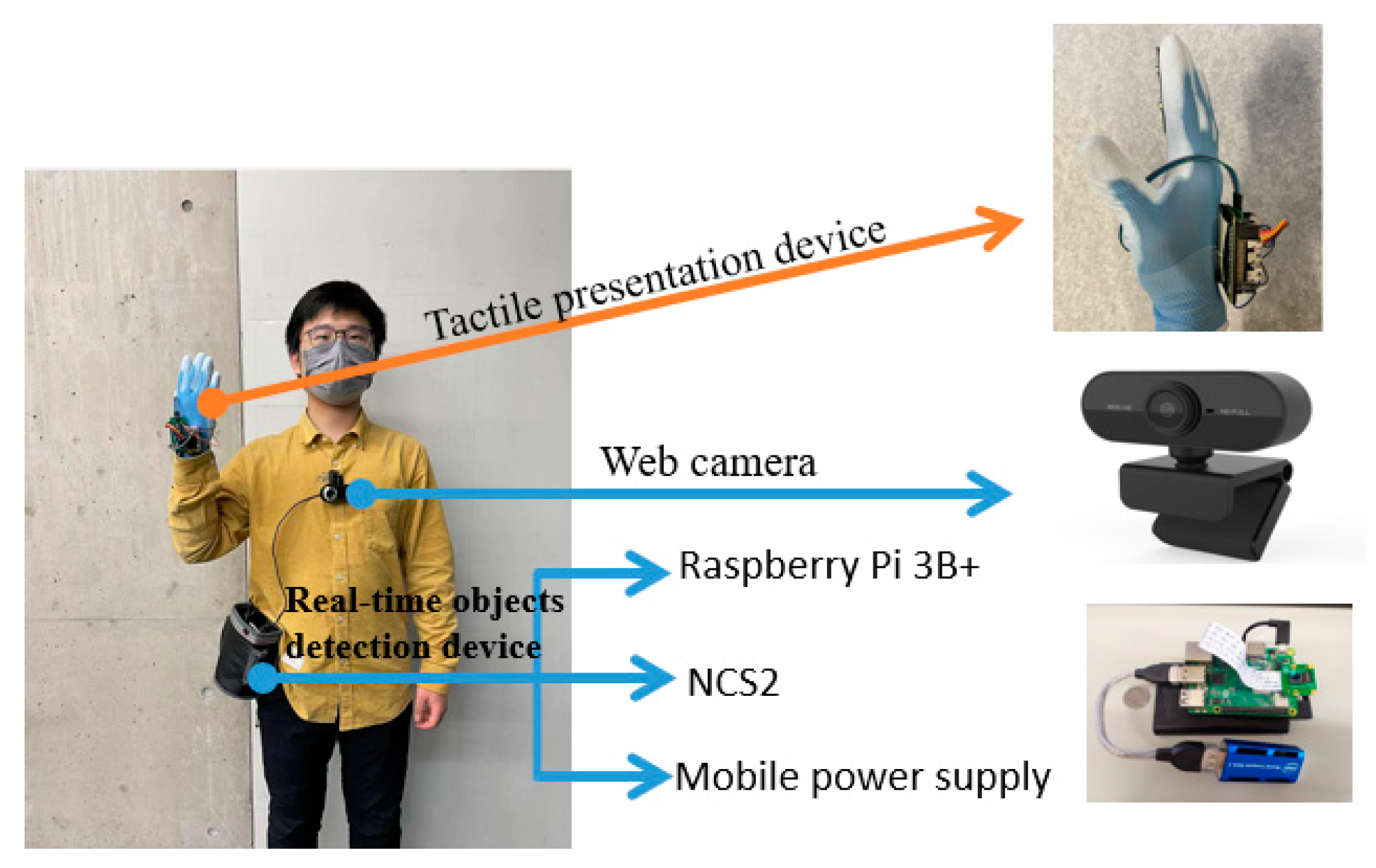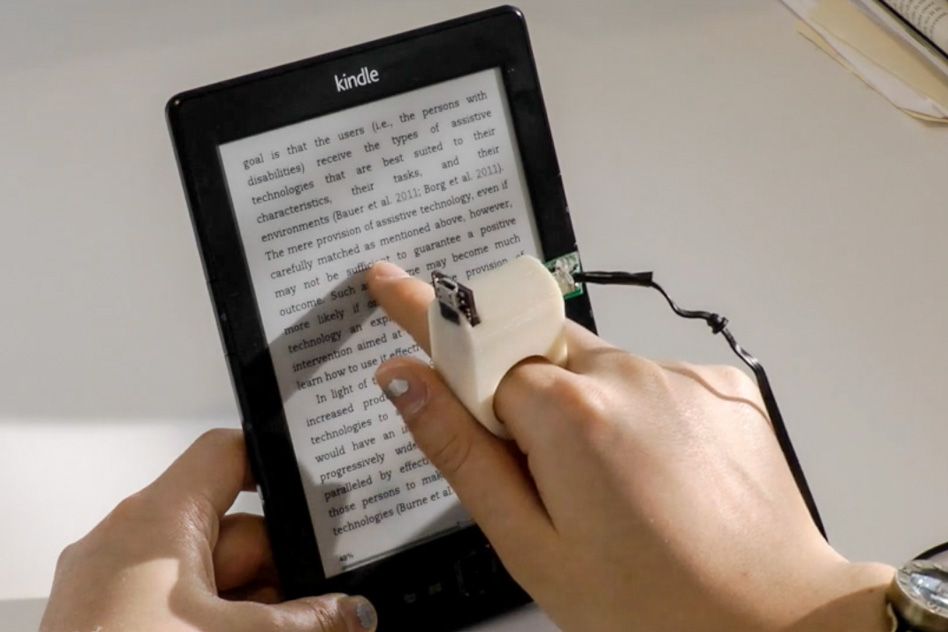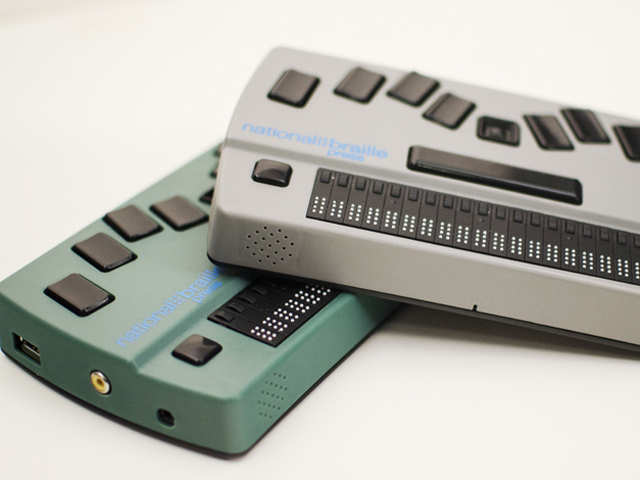Empowering Self-reliance With Assistive Modern Technology for the Blind
The integration of assistive modern technology into the lives of people with visual impairments stands for a significant innovation in promoting independence and self-sufficiency. From innovative display viewers to advanced clever walking canes, these devices not just boost everyday navigation and interaction but additionally empower individuals to involve meaningfully in different aspects of life. As we discover the myriad advantages and real-world applications of these modern technologies, it becomes important to examine the hidden aspects that add to their effectiveness and the potential for future growths in this crucial field.
Summary of Assistive Innovation

The growth of assistive innovation is grounded in concepts of inclusivity and empowerment. Technologies in software program, equipment, and sensory enhancements give users with alternatives tailored to their specific needs. From display readers that transform message to speech, to tactile devices that communicate info with touch, these tools transform the method people engage with their surroundings.
In enhancement to functional applications, assistive innovation fosters greater social addition and participation in different fields, including education and employment (Mobility aids for visually impaired users). As research study and advancement remain to develop, the capacity for assistive innovation to further improve the lives of aesthetically damaged individuals stays encouraging, leading the way for an extra fair culture where everybody can grow
Types of Assistive Tools
A variety of assistive tools have arised to sustain individuals with aesthetic problems, each designed to satisfy specific needs and enhance day-to-day performance. These tools vary from low-tech remedies to sophisticated developments, giving diverse options for users.
Low-tech devices include magnifiers and large-print products that assist in reading and writing. Braille tools, such as Braille slates and stylus pens, enable tactile reading and communication. Positioning and wheelchair aids, like white walking sticks, help individuals browse their atmosphere securely.
On the greater end of the range, digital magnifying systems and display readers provide substantial support. Electronic magnifiers allow individuals to expand message and photos on displays, while display viewers convert electronic material into manufactured speech, promoting accessibility to information on computers and smartphones.
Smartphone applications also play an essential function, offering functions like text recognition and navigating help. Wearable innovation, such as smart glasses outfitted with enhanced fact, is emerging as a promising device to enhance situational understanding.
Advantages of Assistive Modern Technology
The assimilation of assistive innovation significantly improves the lifestyle for individuals with visual problems. These innovations equip customers by advertising independence, allowing them to navigate their settings much more properly and perform day-to-day tasks with better convenience. Screen visitors and zoom software program allow people to access digital details, cultivating specialist and instructional possibilities that might have formerly been out of reach.
Additionally, assistive tools such as clever walking canes and GPS applications give real-time navigating help, enhancing movement and security. This increased autonomy not just improves self-confidence but likewise urges social engagement, permitting users to take part even more totally in their areas.
Assistive innovation additionally assists in communication, assisting users get in touch with others via voice recognition and text-to-speech applications. This capability is crucial for preserving partnerships and accessing vital info.
Furthermore, the customization options offered with several assistive modern technologies this make certain that users can tailor tools to their specific demands, even more boosting usability and efficiency. Generally, the advantages of assistive modern technology for people with visual impairments are profound, advertising a more inclusive culture where every go to this web-site person can pursue their desires and goals.
Situation Studies and Success Stories
Highlighting the transformative influence of assistive modern technology, many situation studies show exactly how people with visual impairments have actually efficiently incorporated these tools right into their every day lives. One compelling instance entails a college student that utilized display analysis software program to browse on the internet sources and academic materials efficiently. This technology not just facilitated her education yet likewise improved her confidence in taking part in conversations and group jobs.
Another instance research study features a professional that employs a mobile phone application developed for navigating and item acknowledgment. By utilizing this app, he has reclaimed freedom in both his individual and workplace, allowing him to commute individually and engage with colleagues extra efficiently.
In addition, a senior citizen shared her experience with braille e-readers, which allowed her to access a vast selection of literary works and remain gotten in touch with her neighborhood via publication clubs.
These success stories highlight the essential function of assistive technology in cultivating self-reliance, enhancing top quality of life, and advertising social combination for people with visual disabilities (Smart glasses for the visually impaired). By welcoming these innovative tools, users can conquer challenges and confiscate possibilities that add to their personal and professional satisfaction

Future Fads in Assistive Modern Technology
Innovation in assistive modern technology is positioned to redefine the landscape of assistance for people with visual problems. Emerging patterns highlight the combination of artificial knowledge (AI) and equipment learning, which enhance the functionality of devices that assist with navigation and info accessibility. For instance, AI-driven applications are currently efficient in analyzing visual data in real-time, making it possible for individuals to involve with their environment extra independently.
Additionally, the growth of wearable modern technology is progressing rapidly. Smart glasses furnished with increased fact (AR) can provide audio descriptions of surroundings, changing exactly how individuals engage with public rooms. These gadgets not only advertise autonomy yet also foster social addition.
Additionally, the Web of Things (IoT) is making homes smarter, enabling for smooth connectivity in between assistive devices and daily devices. This connectivity encourages individuals by enabling automatic feedbacks and voice-activated controls customized to click to investigate specific requirements.
Verdict
Finally, assistive innovation plays an essential duty in equipping people with visual problems by enhancing their independence and engagement with their surroundings. The diverse series of devices and applications readily available not just helps with navigating and communication yet additionally promotes social integration and possibilities for individual and expert development. As improvements continue in this area, the potential for enhancing the lifestyle for those with aesthetic disabilities will certainly expand, promoting better freedom and empowerment.
